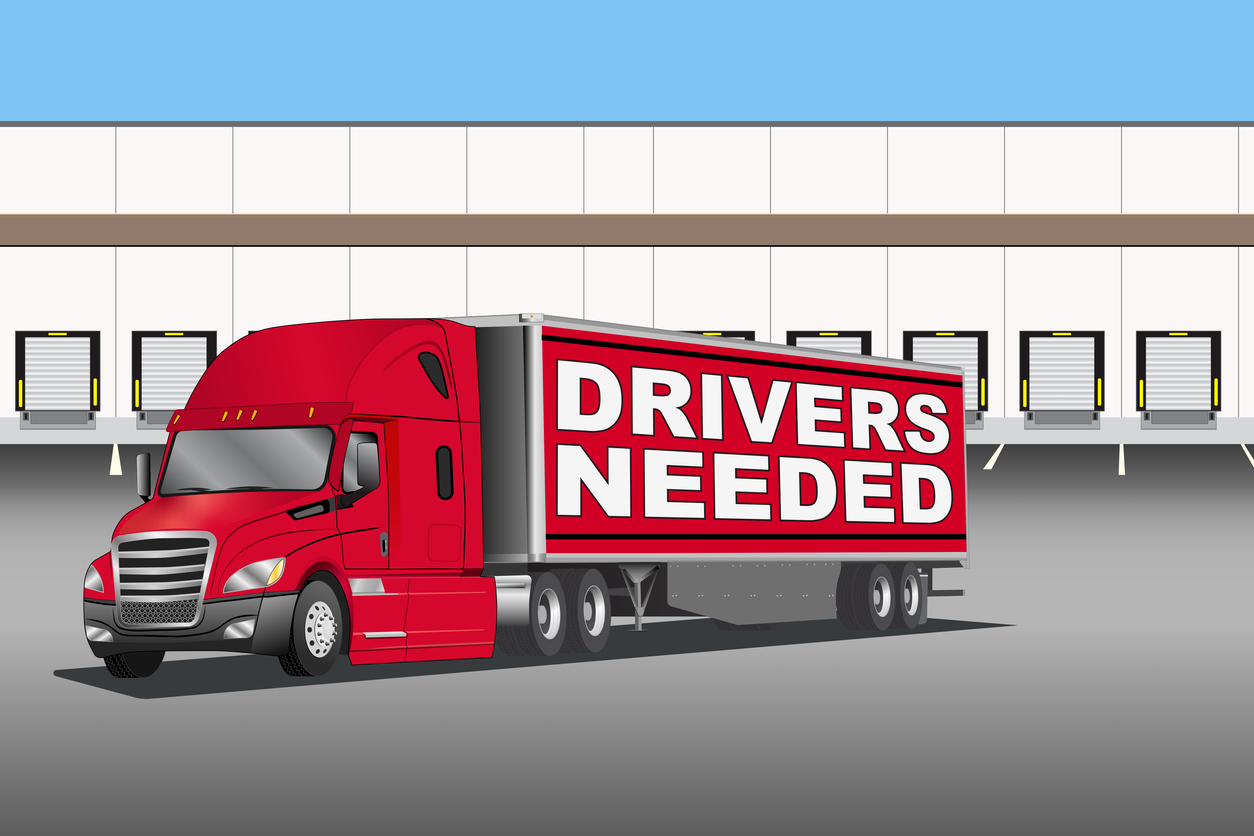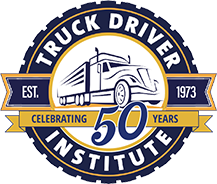The Country’s Need for Truck Drivers Explained

Trucking has been around for over a hundred years, but today, the country’s need for truck drivers is greater than ever. This increasing necessity has its roots in decades of economic and social circumstances that have only compounded over the years.
Under the right conditions and with a dedicated labor force, this industry has the potential to thrive and expand exponentially. Continue reading to discover how the country’s need for truck drivers affects the fabric of everyday American life.
The Shortage of Available Truck Drivers
While the need for trucker drivers grows, unfortunately, so does the national shortage of available drivers. Historically speaking, this deficit has arisen due to a few unfavorable conditions that continue to have effects on the industry on a macrocosmic scale.
The first issue has to do with the demographics that dominate the industry. Because potential drivers must be at least 21 years of age to receive their CDLs, many high school graduates have already begun the search for employment elsewhere before becoming eligible to enter the field.
This means that current truckers—who tend to be in their late forties—are rapidly reaching retirement age without an adequate applicant base to replace them. Moreover, those who do pursue a career in trucking are largely male, discouraging female applicants from applying in the first place.
Low pay and hazardous work conditions also play a role in the driver shortage. Wages have fallen continually since the 1970s, while interest rates and inflation have skyrocketed. As a result, potential drivers often seek higher-paying, less demanding jobs to help circumvent the economic difficulties of modern, middle-class life.
Though industry-standard safety precautions and regulations have been solidified, trucking, unlike a typical desk job, does come with certain unavoidable risks regarding severe weather events, the transport of hazardous freight, and the potential for accidents on the road. Many folks may opt for a safer occupation considering these possible dangers.
With physical, mental and economic stressors overshadowing the popular conversation around this field, potential drivers often aren’t made aware of the manifold benefits and advancements being made within the industry. According to current data, trucking companies pay an average yearly salary of $151,258 to their employees, making it a great source of income for those who decide to invest in a CDL, with long-term job security to boot.
The flexibility, freedom, and independence inherent to a job that allows its employees to see the country for a living cannot—and should not—be overlooked. Regarding the risks attached to the driving itself, trucking innovation and technology are more advanced than ever, as Advanced Driver Assistance Systems (ADAS) installation continues to safeguard drivers against potential collisions.
The lack of available drivers may pressure the industry to offer better wages and benefits as the shortage continues. This pressure, in conjunction with better information, education, and publicity surrounding the incredible benefits of commercial trucking, will hopefully help engage the next generation of truckers as the industry continues to evolve.
The National Need for Truck Drivers Continues to Surge
Even as 2022 saw a record-high driver shortage of nearly 80,000 employees, statistics show that the simultaneous demand for truckers is higher than ever before. This unfortunate conundrum is due to our nationwide dependence on the services rendered by hardworking drivers as well as on the indispensable industry they serve.
The Economic Dependence on Trucking
The fact that trucking acts as the backbone of the American economy is undebatable. According to the American Trucking Association (ATA), truckers are responsible for moving around 72% of the country’s freight by weight while generating about $875.5 billion in revenue. This contribution to our economic landscape remains vital and risks being compromised by the current lack of drivers.
Truckers are also to thank for building out other important economic institutions because they transport the supplies necessary to complete large-scale infrastructure projects. Everything—from highways and bridges to factories and highrises—relies heavily on the trucking industry throughout the construction and development phases.
The Rise of E-commerce
Alongside the many unexpected consequences brought about by the COVID-19 pandemic, the need for safe, contactless retail has grown to define the American consumer experience. The monumental growth of e-commerce is inextricably tied to the trucking industry, as freight must traverse longer distances than ever before to arrive in the hands of consumers.
Truck drivers continue to bridge that gap by bringing everyday goods from dispersed warehouses and manufacturing centers directly to a consumer’s front door. As global supply chains have become increasingly entangled, the nation grows ever more reliant on truck drivers to transport freight along complicated routes. Truckers, as a demographic, almost single-handedly keep these supply chains stable and logistically sound.
Providing Resources to American Communities
The need for truck drivers extends far beyond maintaining our country’s overall economic vigor or upholding the fortitude of e-commerce shopping experiences. For many Americans, trucking is responsible for getting vital resources where they need to go. Not all neighborhoods have easy—or equal—access to the goods they need to thrive. Truckers are responsible for the safe transport of freight that includes essential medicines and healthy produce to areas where such luxuries may not be manufactured or grown locally.
Moreover, the oil and gas industry relies on truckers to safely transport fuel from coast to coast. The trucking industry acts as an intermediary to ensure that Americans nationwide have regular and reliable access to the gas that powers their cars, businesses, hospitals, schools, and beyond. Without trucking, our everyday life would be compromised in unimaginable ways.
Fill the Gap in the Trucking Industry With TDI
The country’s need for truck drivers isn’t going anywhere anytime soon. While some industries fluctuate in terms of seasonal trends and demands, the trucking industry will always be fundamental to the cultural and economic landscape of our country.
For those searching for a lifetime of job stability, TDI is proud to facilitate a seamless transition into the trucking industry with certified CDL licensing courses in as little as three weeks. From initial enrollment to finding gainful employment post-graduation, our tight-knit community is proud to help new drivers find the successful futures they deserve. Read through our testimonials to discover more about how trucking can unlock your potential and transform your life in new and exciting ways, and begin your journey today.
Get Started
Get your Class A CDL in our friendly, supportive CDL training program. TRAIN with experienced instructors – multiple good-paying, secure job choices with benefits available for eligible graduates. EARN $700 – $1000+ / week to start as a truck driver. Get started today by filling out the form below. We look forward to hearing from you!
